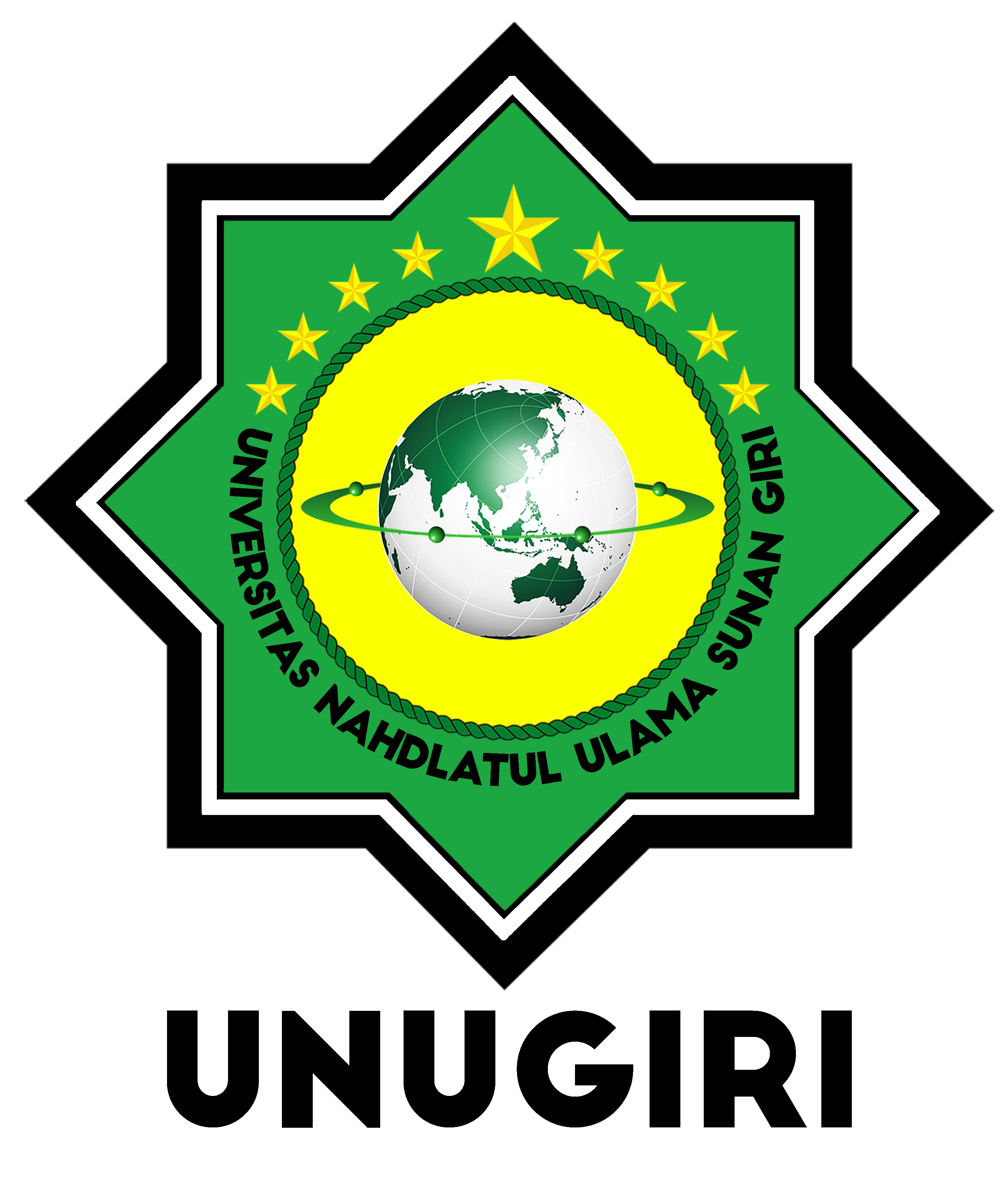ANALISIS KEMAMPUAN SISWA DALAM MEMAHAMI SOAL CERITA PADA MATERI FUNGSI KOMPOSISI DAN FUNGSI INVERS
 PDF Download: 744
PDF Download: 744
DOI:
https://doi.org/10.32665/james.v3i2.137Keywords:
kemampuan pemahaman siswa, fungsi komposisi, difficulty understanding students, composition functionsAbstract
This study aims to determine class X students' difficulty in understanding story questions on the material composition function and inverse function. This research is a qualitative descriptive study with a sample of class X students in SMA Negeri 3 Cilegon. Data analysis of difficulty understanding story problems obtained through tests, observations, and documentation. For data validation, the data reduction, data review, and conclusion drawing stages are used. This study's results indicate that students' ability to understand story problems in the material composition function and inverse function is still low. It can be seen that only 6.25% of students can complete the test correctly so that it is categorized high, 31.25% is classified as moderate, and 62.5% is classified as low.
Penelitian ini bertujuan untuk mengetahui kemampuan siswa dalam memahami soal cerita pada materi fungsi komposisi dan fungsi invers. Penelitian ini merupakan penelitian deskriptif kualitatif dengan sampel siswa kelas XI di SMA Negeri 3 Cilegon. Data analisis kesulitan pemahan soal cerita diperoleh melalui tes dan dokumentasi. Untuk validias data digunakan tahap reduksi data, pengajian data dan penarikan kesimpulan. Hasil dari penelitian ini menunjukkan bahwa kemampuan siswa dalam memahami soal cerita pada materi fungsi komposisi dan fungsi invers masih rendah. hal tersebut dapat dilihat bahwa hanya 6,25% siswa yang mampu menyelesaikan tes dengan sempurna sehingga dikategorikan tinggi, 31,25% tergolong sedang, dan 62,5% lainnya tergolong rendah.
References
Downloads
Published
Issue
Section
License
Authors who publish with this journal agree to the following terms:
- Authors retain copyright and grant the journal right of first publication with the work simultaneously licensed under a Creative Commons Attribution License that allows others to share the work with an acknowledgment of the work's authorship and initial publication in this journal.
- Authors are able to enter into separate, additional contractual arrangements for the non-exclusive distribution of the journal's published version of the work (e.g., post it to an institutional repository or publish it in a book), with an acknowledgment of its initial publication in this journal.
- Authors are permitted and encouraged to post their work online (e.g., in institutional repositories or on their website) before and during the submission process, as it can lead to productive exchanges, as well as earlier and greater citation of published work
 PDF Download: 744
PDF Download: 744















